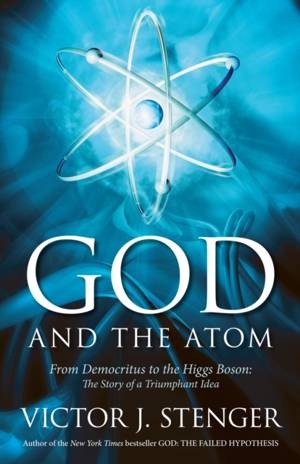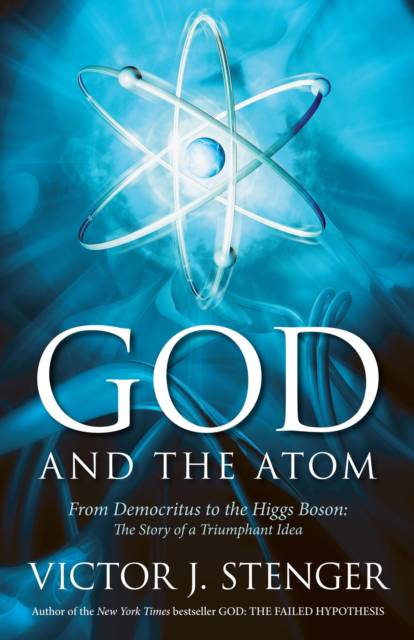
- Afhalen na 1 uur in een winkel met voorraad
- Gratis thuislevering in België vanaf € 30
- Ruim aanbod met 7 miljoen producten
- Afhalen na 1 uur in een winkel met voorraad
- Gratis thuislevering in België vanaf € 30
- Ruim aanbod met 7 miljoen producten
Zoeken
Omschrijving
Physicist Victor J. Stenger chronicles one of the most successful scientific hypotheses ever devised. Originating separately in both ancient Greece and India, the concept of the atom persisted for centuries, despite often running afoul of conventional thinking. Until the 20th century, no direct evidence for atoms existed. Today it's possible to observe atoms using a scanning tunneling microscope. The book begins with the story of the earliest atomists, the Greek philosophers Leucippus, Democritus, and Epicurus, and the Latin poet Lucretius. The idea of elementary particles as the foundation of reality had many opponents throughout history, from Aristotle to Christian theologians and even some 19th-century chemists and philosophers. While theists today accept that the evidence for the atomic theory of matter is overwhelming, they reject the atheistic implications of that theory. Stenger makes the case that in the final analysis atoms and the void are all that exists.
Specificaties
Betrokkenen
- Auteur(s):
- Uitgeverij:
Inhoud
- Aantal bladzijden:
- 332
- Taal:
- Engels
Eigenschappen
- Productcode (EAN):
- 9781616147532
- Verschijningsdatum:
- 9/04/2013
- Uitvoering:
- Hardcover
- Formaat:
- Genaaid
- Afmetingen:
- 155 mm x 231 mm
- Gewicht:
- 498 g

Alleen bij Standaard Boekhandel
+ 74 punten op je klantenkaart van Standaard Boekhandel
Beoordelingen
We publiceren alleen reviews die voldoen aan de voorwaarden voor reviews. Bekijk onze voorwaarden voor reviews.












